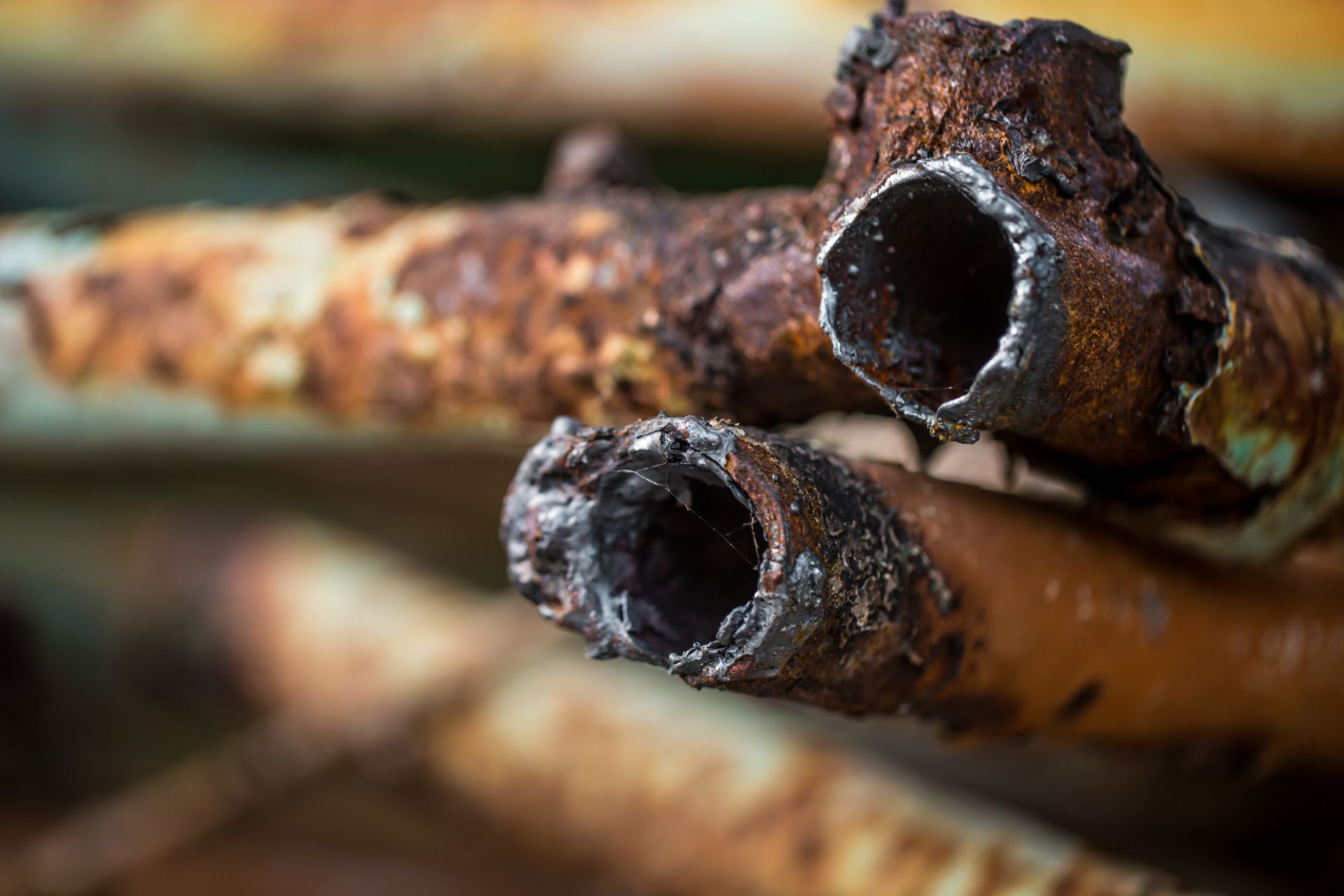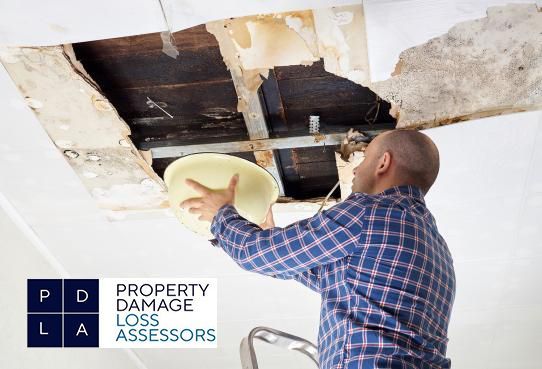PDLA Blog
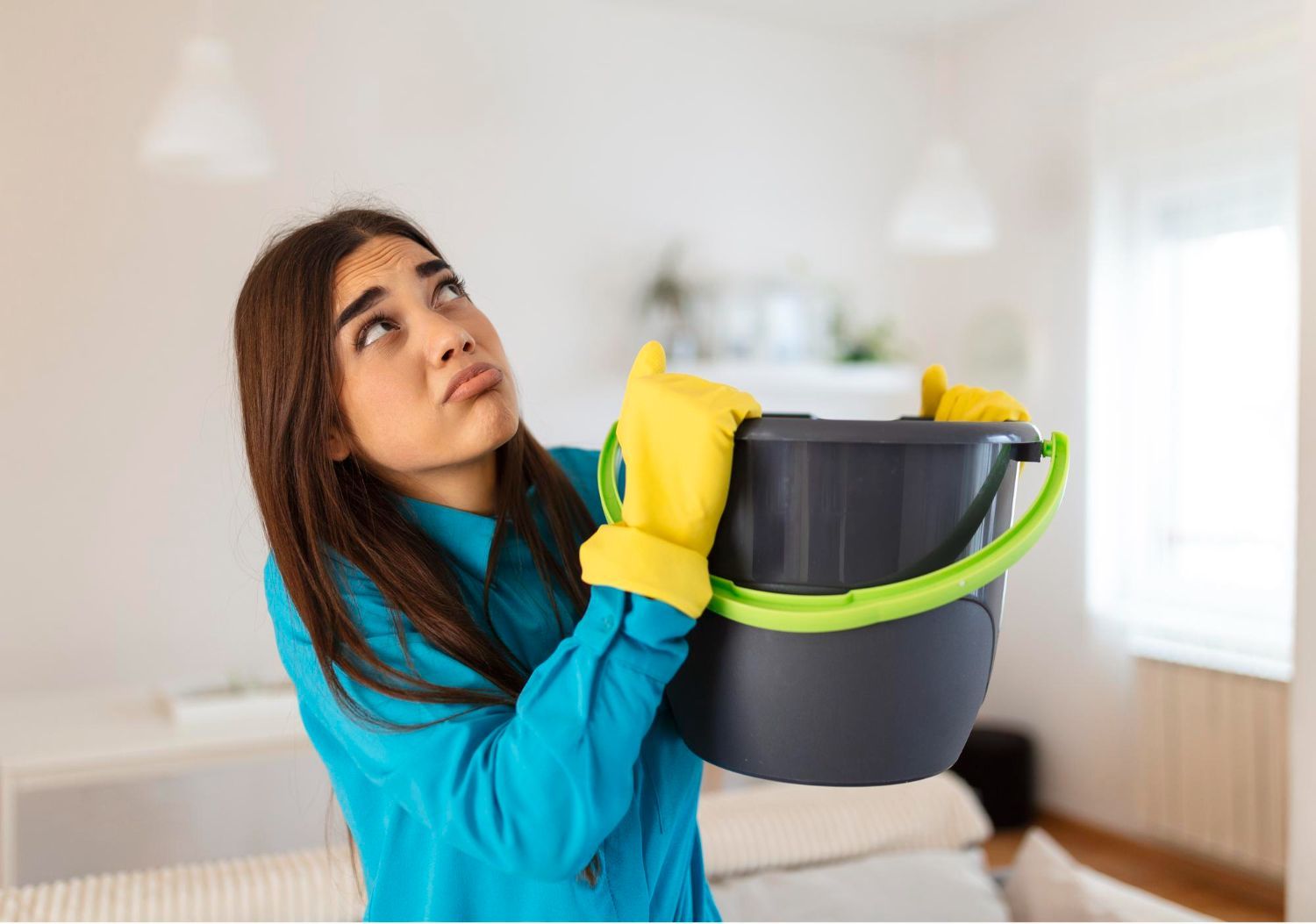
As we enter the height of the Christmas season, the joy of festivities brings with it a unique set of risks to our homes. At Property Damage Loss Assessors , we see a significant rise in insurance claims during December—many of which could be avoided with increased awareness and caution. To ensure your holiday remains stress-free, we have highlighted the key hazards that require your utmost attention this year. Fire Safety: Awareness in the Heart of the Home The combination of dry decorations and increased heat sources makes fire safety a primary concern. High levels of vigilance are required in the following areas: Chimney Fires: With fireplaces working overtime, ensure your chimney has been professionally swept. A buildup of soot or bird nests can lead to devastating chimney fires that spread quickly to the rest of the structure. Candles: Never leave lit candles unattended or near flammable materials like curtains or Christmas trees. Always extinguish them before leaving a room or going to bed. Christmas Lights: Check old decorative lights for frayed wires or loose connections. Avoid overloading sockets and always turn off all festive lighting when you leave the house or sleep. Cigarettes: If hosting guests, ensure that smoking materials are disposed of safely in deep ashtrays. Embers in a wastepaper bin are a common cause of late-night house fires. Security Awareness: Preventing Seasonal Burglaries Unfortunately, the holiday season is also a peak time for opportunistic crime. To protect your home from burglaries , keep gifts and high-value items out of sight from windows. Ensure all doors and windows are securely locked, and if you are heading out for a festive event, consider using timer switches on lamps to give the impression that the home is occupied. Escape of Water: Protecting an Empty Property If you are planning to travel to visit family this Christmas, water damage is a major risk that can occur in your absence. A small leak from a frozen or burst pipe can cause catastrophic damage if left running for several days. To prevent catastrophic water damage during a cold snap, remain vigilant against frozen pipes . If you are leaving your property over Christmas, ensure your heating is set to a "frost protection" mode and turn off the water at the mains stopcock to prevent an undetected escape of water . Taking a moment to correctly drain your system can save you from the stress of a major flood and a complex insurance claim. By staying aware of these hazards, you can protect your property and your peace of mind. However, should the unexpected happen, Property Damage Loss Assessors are here to help you navigate your insurance claim and secure the settlement you need to get back on track. Ultimately, Christmas is a time for celebration and making memories with loved ones. By staying mindful of these common hazards and taking small, proactive steps to secure your property, you can ensure your holiday remains joyful and uninterrupted. From all of us at Property Damage Loss Assessors , we wish you a very safe, happy, and hazard-free Christmas season.

Most Irish homeowners only read their insurance policy when something goes wrong. Unfortunately, this usually means they discover key exclusions and conditions at the worst possible moment. Understanding the details of your home insurance policy in advance can prevent disputes and ensure that you know what to expect when filing a claim. Commonly Misunderstood Policy Terms 1. Gradual Damage Exclusions Irish home insurance policies rarely cover issues that develop slowly over time. This includes long-term roof leaks, slow plumbing leaks, dampness, mould, and rot. Insurers frequently reject these claims because they consider them maintenance issues rather than sudden events. 2. Maintenance Requirements Most policies require homeowners to keep the property in good condition. If damage is linked to neglect, insurers may reduce or decline the claim. Examples include worn flashing, loose tiles, deteriorated pipes, or blocked gutters. 3. Confusion About Trace and Access Many homeowners assume their insurer will pay to locate the source of a leak. Some policies include this benefit, but others offer limited cover or none at all. Understanding whether trace and access is included is important, as identifying the source of a leak can be more expensive than repairing it. Why Claims Get Declined 1. Insufficient evidence Lack of photos, videos, or proof of sudden damage can lead to disputes with insurers. 2. Repairs performed too early Fixing damage before reporting the claim removes crucial evidence and can weaken your case. 3. Misinterpreting what the policy covers For example, roof damage is not automatically considered storm damage. Insurers often require proof of strong winds in the area and evidence that the damage occurred during the storm. How to Prepare Before Filing a Claim 1. Review your policy regularly A yearly review can help you stay informed about your coverage and any changes the insurer may have made. 2. Know the difference between sudden damage and gradual deterioration Sudden damage is typically covered, while gradual deterioration is generally excluded. 3. Keep maintenance records Photos, invoices, and receipts can protect you if the insurer questions the condition of the property before the incident. 4. Document damage immediately High-quality evidence is essential when dealing with insurance companies. Understanding your policy before you file a claim can save time, stress, and unnecessary costs. When you know what is covered and what is excluded, you are better prepared to take action after an incident. If you want help interpreting your policy or handling a claim, Property Damage Loss Assessors can provide professional support from start to finish. Call James today to discuss the damage to your property and get expert guidance for your situation.
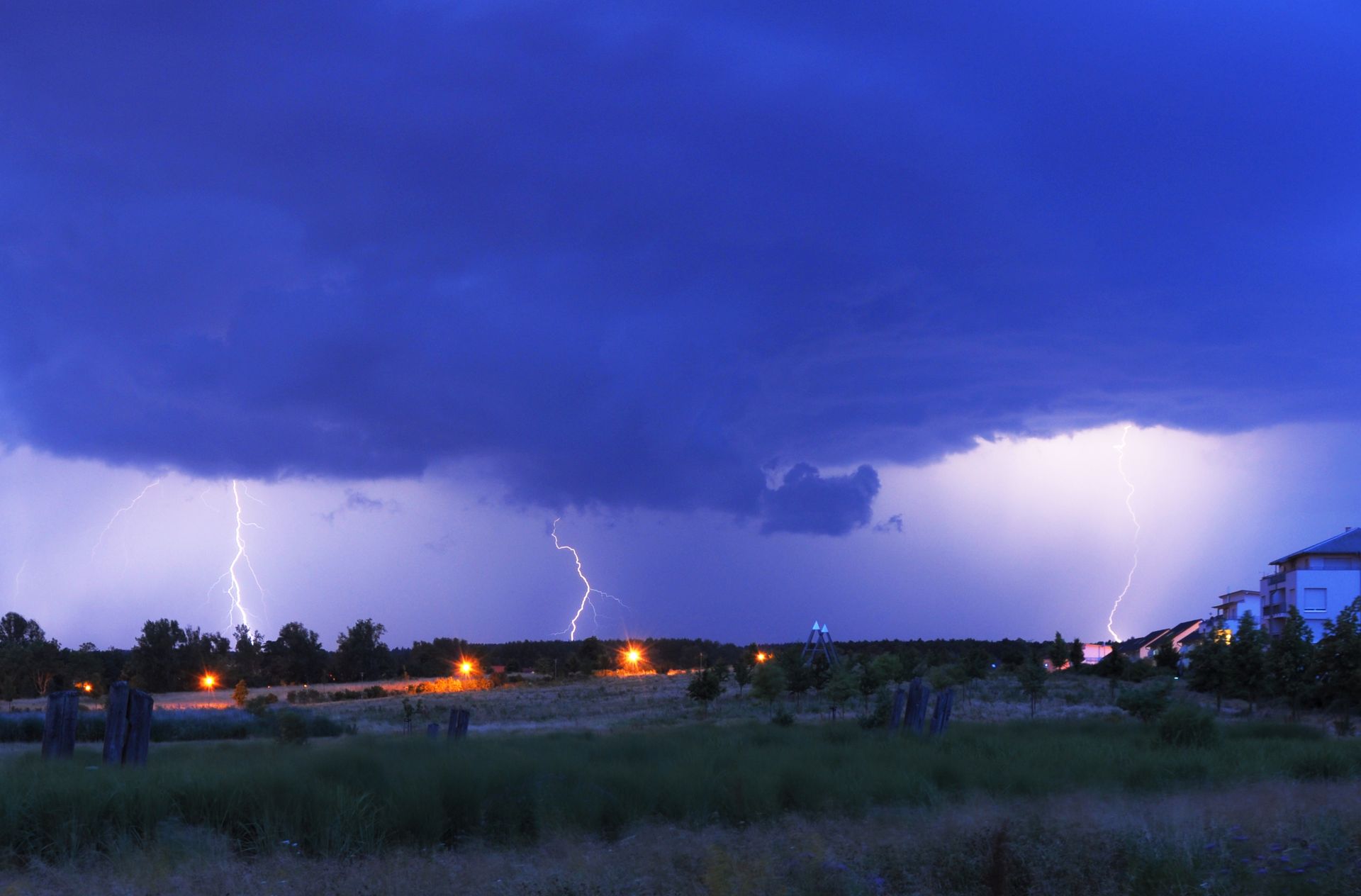
Storms and high winds are becoming increasingly common across Ireland, especially during the winter months. These events often lead to property damage that ranges from minor roof issues to major structural problems. Understanding how storm damage occurs and how to respond correctly is essential for any homeowner. Making the right decisions early on can prevent unnecessary repair costs and improve the outcome of an insurance claim. Common Types of Storm Damage in Ireland 1. Roof Damage The roof is one of the most vulnerable parts of a home during strong winds. Tiles can become loose or fall off entirely, leaving gaps that allow rainwater to enter the property. Even a single missing tile can cause significant internal water damage. 2. Damage from Falling Trees or Branches During storms, heavy branches or entire trees can fall onto roofs, sheds, cars, or fences. Even if the tree comes from a neighbour’s garden, the affected homeowner typically files the claim. 3. Chimney and Masonry Problems High winds often affect older brickwork. Chimney pots, flues, and masonry can shift or crack, which may lead to structural concerns or water ingress. 4. Water Penetration from Wind-Driven Rain Strong winds push rainwater into places where it would not normally reach, such as under flashings, through vents, or into roof edges. This can cause stained ceilings, damp walls, mould growth, and damaged plaster. What To Do After a Storm 1. Assess the damage safely The first priority is safety. Avoid climbing onto the roof. Instead, inspect the property from the ground or use a phone camera with zoom. 2. Document the condition of the property Take detailed photos and videos of missing tiles, broken gutters, fallen branches, cracks, and interior water damage. High-quality documentation helps strengthen an insurance claim. 3. Make temporary protective measures Cover open areas with tarps or strong plastic sheets to prevent more rain from entering the home. Insurers expect you to limit additional damage, but they also expect you to avoid permanent repairs until the inspection is completed. 4. Notify the insurer quickly Reporting storm damage promptly is important. Delays can lead insurers to argue that the damage might be due to poor maintenance instead of the storm. Frequent Causes of Claim Reductions Insurers sometimes reduce or decline storm-related claims for reasons such as poor maintenance, insufficient evidence, or pre-existing damage. For example, if gutters were already blocked or roof tiles were already loose, insurers may argue that the damage was not caused solely by the storm. Storm and wind damage may be unavoidable, but losing out on a valid insurance claim does not have to be. Proper documentation, prompt reporting, and expert support can help you secure a fair outcome. If you need assistance with a storm damage claim or want a professional assessment, Property Damage Loss Assessors can help you navigate the process. Call James today to discuss your storm damage and get reliable guidance for your claim.
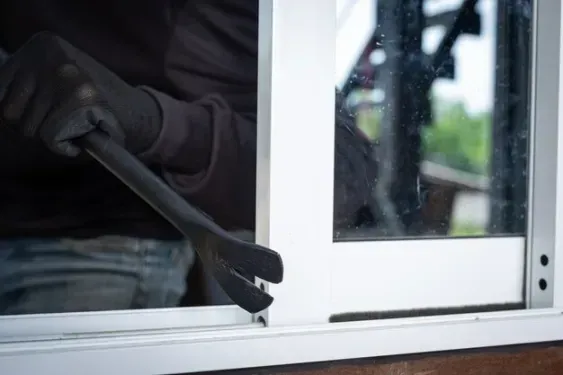
When property damage occurs, most homeowners instinctively begin cleaning up the mess or repairing what has been broken. This reaction is completely understandable, especially when the situation feels stressful or overwhelming. However, starting repairs or removing damaged items too soon can seriously weaken an insurance claim. Timing plays a crucial role, and understanding what to do in the first 24 hours can make a major difference in the outcome of a claim. Insurance companies rely heavily on clear visual evidence to assess a claim. Loss adjusters need to understand exactly what happened, how severe the damage is, and whether the policy covers the issue. If the property has already been cleaned or fixed by the time the claim is reported, insurers may question the extent or even the cause of the damage. This is why the first step after any incident should always be to document the situation before any repairs take place. Why Timing Matters The moment you discover damage, the clock essentially starts ticking. Insurers often require evidence that shows the original condition of the property. If you remove flooring, throw out damaged furniture, repair a pipe, or clean up water before taking proper photos and videos, valuable evidence disappears. For example, if a pipe bursts and causes water damage, cleaning up the water and repairing the pipe before reporting the issue can lead insurers to question how serious the incident really was. The same is true for roof leaks, storm damage, structural issues, oil leaks, and electrical faults. Irish insurers are known for carefully evaluating whether damage was sudden or whether it could have been gradual. Without proper evidence, it becomes harder to prove your case. What To Do in the First 24 Hours 1. Document thoroughly Take photos and videos of everything. Include wide shots of the affected area, close-ups of specific damage, and footage showing the cause of the issue. Make sure the lighting is good and that you capture multiple angles. 2. Prevent further damage Insurers expect you to take reasonable steps to stop the situation from getting worse. Examples include turning off the mains water supply, isolating electricity in a flooded area, or placing a temporary cover over a broken window. These actions help, as long as you do not make permanent repairs. 3. Avoid removing damaged items Do not throw away wet carpets, broken tiles, burnt items, or damaged appliances. Even if they appear ruined, they serve as evidence. 4. Report the claim early Most policies in Ireland require homeowners to notify the insurer within a reasonable timeframe. Reporting within one or two days is ideal, and it reduces the risk of disputes. Common Mistakes to Avoid Homeowners frequently make the mistake of trying to tidy up before taking photos. Another common issue is assuming insurers will take their word for the extent of the damage. Insurers rely on evidence, not verbal descriptions, so documentation is essential. The best way to protect the success of an insurance claim is to act quickly, document everything, and avoid repairs until the necessary evidence has been captured. Cleaning and rebuilding can always take place later. If you want expert help with documenting your loss or dealing with your insurer, Property Damage Loss Assessors can guide you through the full process. Call James today to discuss the damage to your property and get professional advice before moving forward.

Water damage is usually chaos for a home. Experiencing water damage on your property can have devastating consequences, posing a threat to your well-being and livelihood. It is crucial to handle your leak or flood damage insurance claim professionally, ensuring your best interests are protected. Act Now - Call our emergency number for FREE advice At Property Damage Loss Assessor (PDLA), we specialise in managing water damage claims on your behalf, accurately documenting the extent of the damage and presenting a strong case to your insurance company. Water damage can manifest in various ways, whether it's the result of a flood or a burst pipe. Beyond the visible damage, water can cause additional issues such as electrical damage, damage to carpets or flooring, harm to wallpaper and plaster, and destruction of personal belongings. In cases of flood water damage, specialised attention is necessary due to potential contamination. Thorough cleaning and drying are essential before undertaking any repairs, ensuring that long-term damage is identified and resolved correctly. Unfortunately, insurance companies often overlook significant damage and long-term risks during the crucial assessment stage, which can jeopardise your well-being and financial security. We are here to support you with your claim Our team at PDLA is committed to professionally and safely managing your water damage claim. We take responsibility for negotiating the best settlement with your insurance company and maximising the benefits outlined in your insurance policy. As part of your flood damage claim, we can assist in coordinating emergency repairs and implementing safety measures, such as boarding up windows and entrances, as well as arranging emergency electrical work. Furthermore, we can help you find alternative accommodation and secure an interim payment from your insurance company to cover the expenses of a hotel or similar lodging. Our team of professionals specialises in identifying water damage that extends beyond the superficial, potentially impacting the structure or fabric of your property. Failure to identify these issues during the assessment process could result in underpaid claim settlements, leaving you burdened with costly repairs in the future and posing risks to your health and safety. Impartial Advice and Support During Critical Times We provide a comprehensive claims management service for your insurance claim, offering valuable support, professional assistance, and unbiased advice during your time of loss. Acting on your behalf, PDLA ensures impartial guidance and support during this critical period, effectively managing communications with your insurer and their loss adjuster to achieve a satisfactory insurance settlement. While our services can be deployed at any stage of your insurance claim, it is highly recommended to engage PDLA from the outset. The actions and statements made in the early stages of your claim can have significant implications for the final outcome. Trust Property Damage Loss Assessor (PDLA) to handle your water damage claim with expertise, ensuring a fair and favourable resolution while providing you with the peace of mind you deserve. PDLA Contact Information Dublin: 01 6855675 Laois: 057 86 37500 24/7 Helpline: 087 2061411 Email: info@pdla.ie
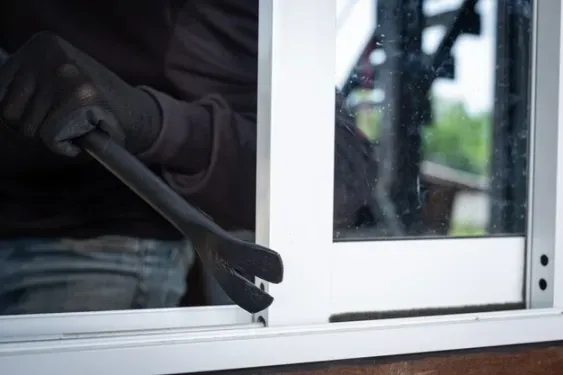
The body content of your post goes here. To edit this text, click on it and delete this default text and start typing your own or paste your own from a different source. Burglaries can leave more than just the obvious signs of intrusion; they often result in significant property damage that can be daunting to assess and quantify. This is where the specialised expertise of Property Damage Loss Assessors, qualified quantity surveyors, becomes invaluable. Our team offers professional support in handling burglary damage insurance claims, ensuring that every aspect of property damage is thoroughly evaluated and accurately represented in your claim. Detailed Assessment of Property Damage As experienced quantity surveyors, we possess the technical knowledge and skills necessary to assess all types of property damage resulting from a burglary. This includes structural damages, loss of fixtures, and any other form of physical harm to your property. Our thorough evaluation ensures that all damages are meticulously documented, providing a solid foundation for your insurance claim. Professional Claim Management Dealing with the aftermath of a burglary is challenging enough without the added complexity of insurance claims. Our service is designed to manage and negotiate your burglary damage insurance claim effectively, allowing you to focus on restoring your property and peace of mind. We handle all interactions with your insurance company, ensuring a smooth and efficient claims process. Expertise and Accuracy Our background as qualified quantity surveyors enables us to accurately estimate the cost of repairs and replacements needed to restore your property. This expertise ensures that your claim reflects the true extent of the damage, helping to secure the maximum settlement possible under your policy terms. We are committed to providing an accurate and fair representation of all damages to support a strong case for your insurance claim.
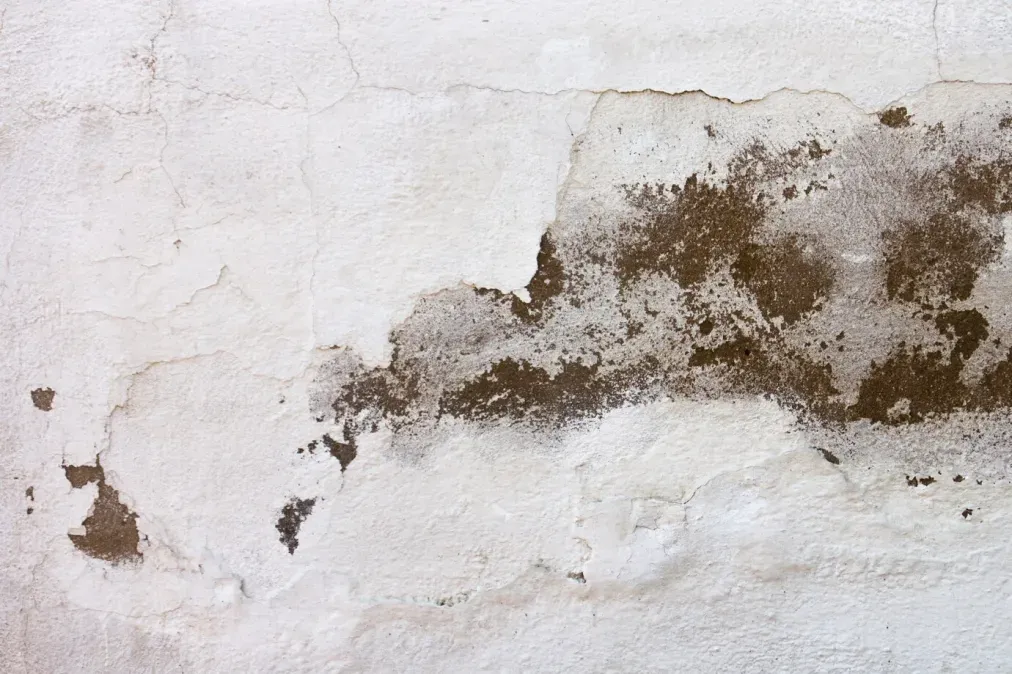
Water damage in your home, especially from a burst pipe, can be a significant and stressful event. It can cause extensive damage to your property, affecting structures, electrical systems, and personal belongings. In such situations, navigating the insurance claim process can be daunting. Property Damage Loss Assessors, with their expertise in handling property damage claims in Ireland, are here to guide you through the process and ensure you receive the support and settlement you deserve. Assessing the Extent of Water Damage The first step after experiencing water damage from a burst pipe is to assess the extent of the damage accurately. As experienced professionals, Property Damage Loss Assessors have the expertise to evaluate all types of water damage, whether it's to the building's structure, interiors, or personal possessions. Our detailed assessment ensures that every aspect of the damage is documented and quantified, forming a strong foundation for your insurance claim. Navigating the Insurance Claim Process Dealing with insurance companies can be overwhelming, particularly when you are trying to manage the aftermath of water damage in your home. Our team specialises in managing and negotiating insurance claims, taking the burden off your shoulders. We handle all communications with your insurance provider, ensuring that your claim is processed efficiently and effectively.


